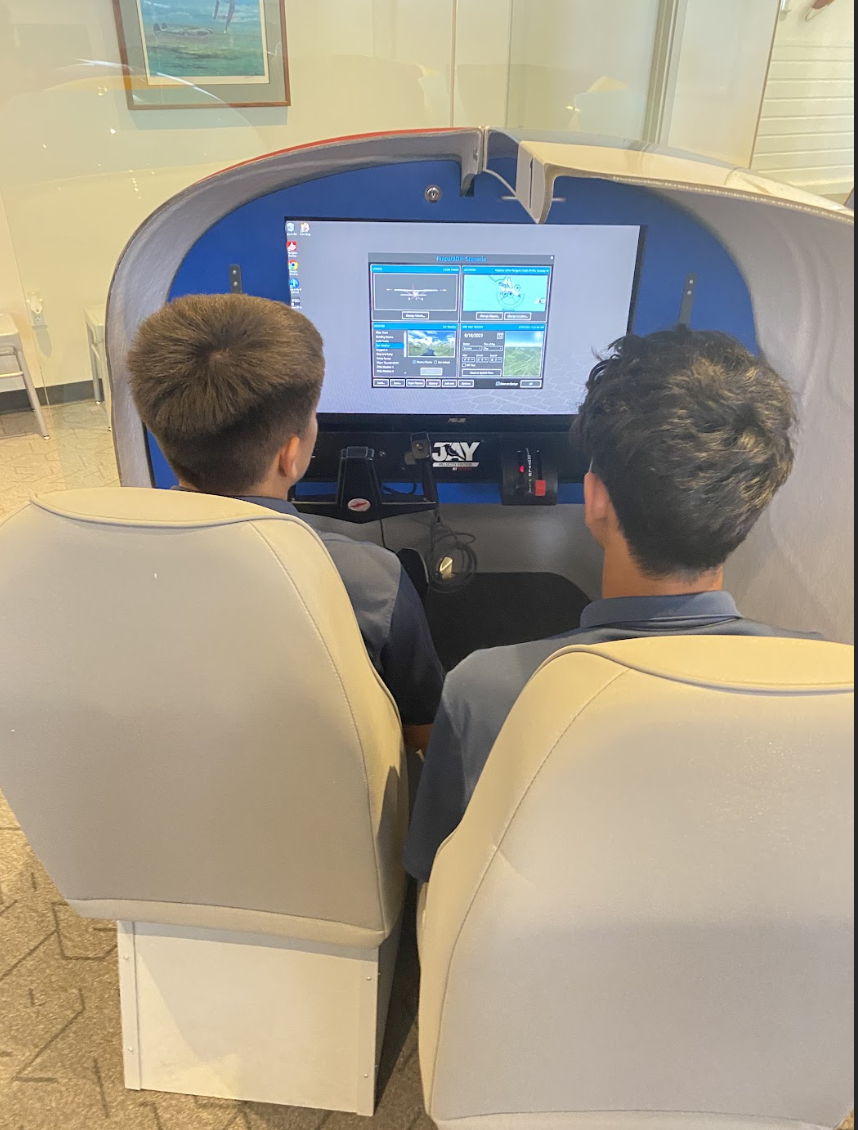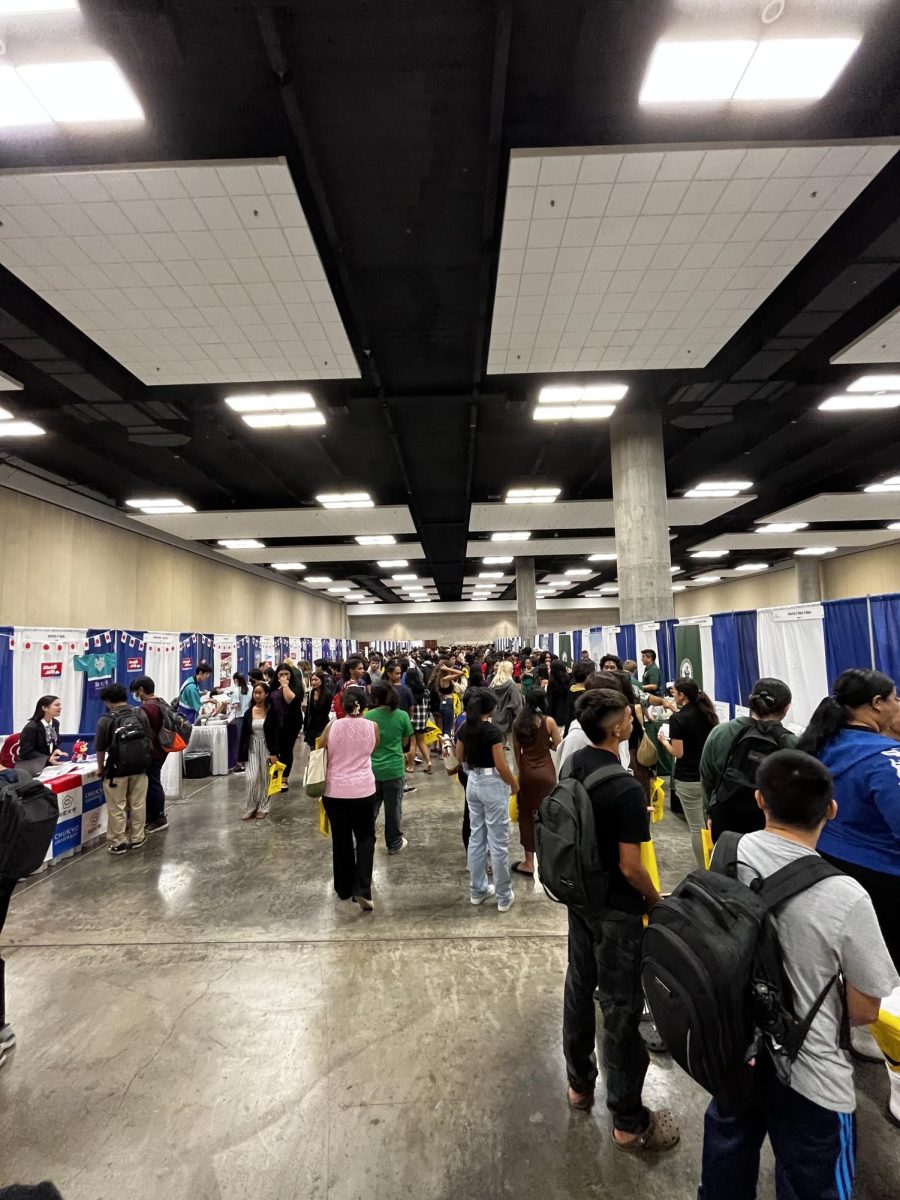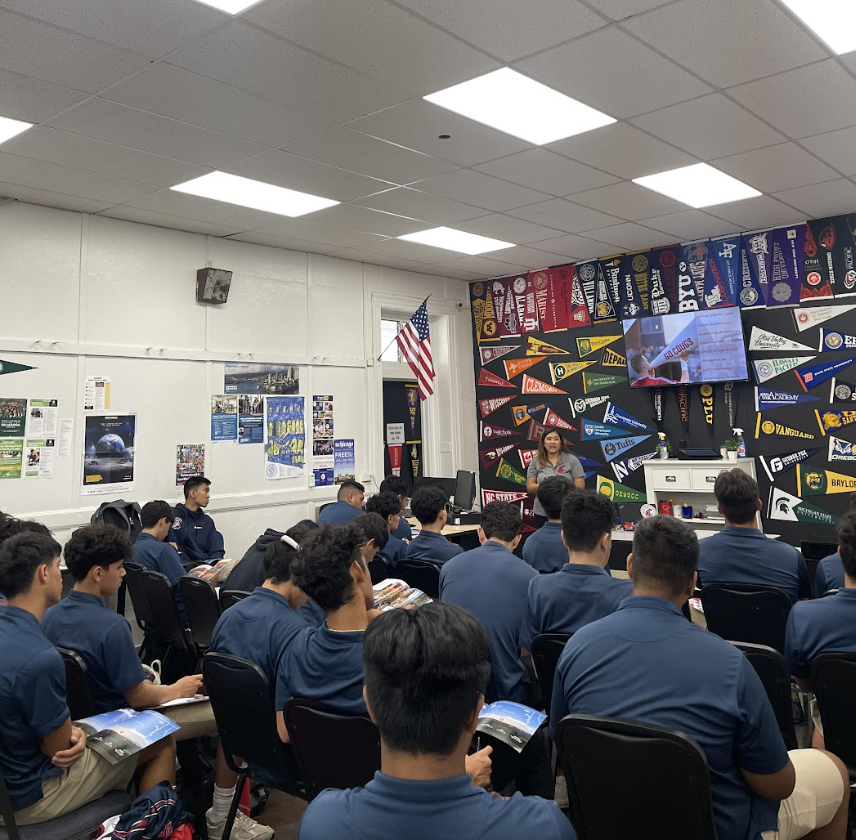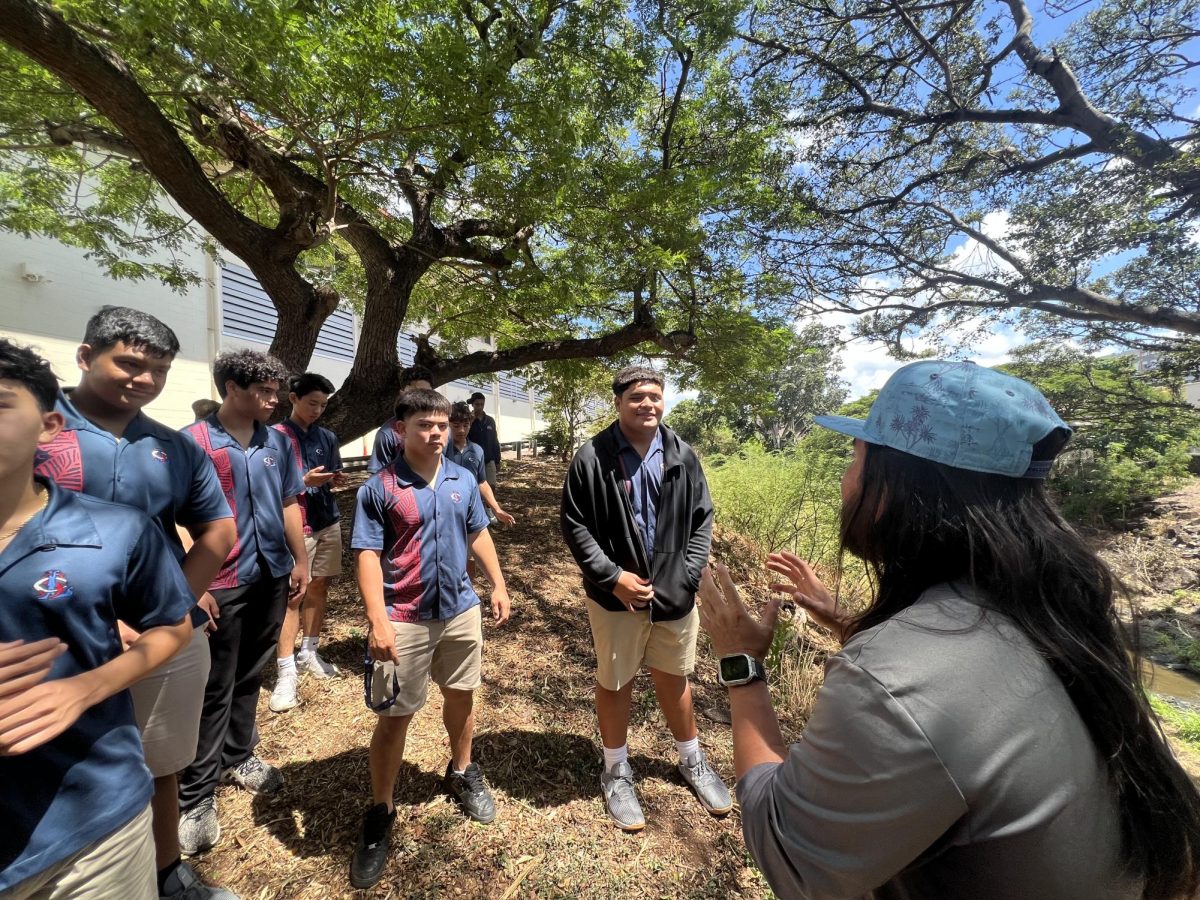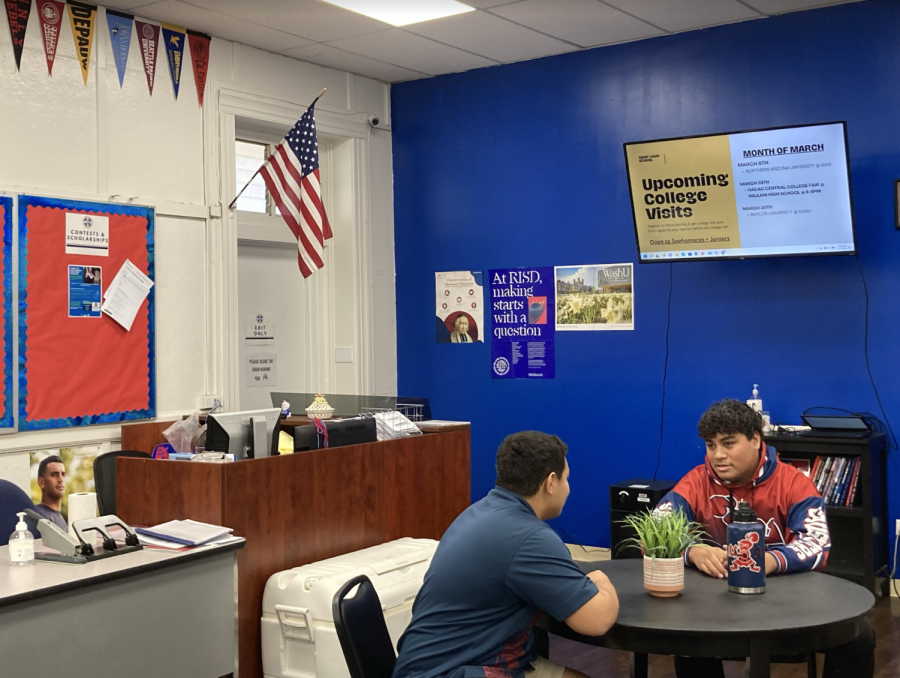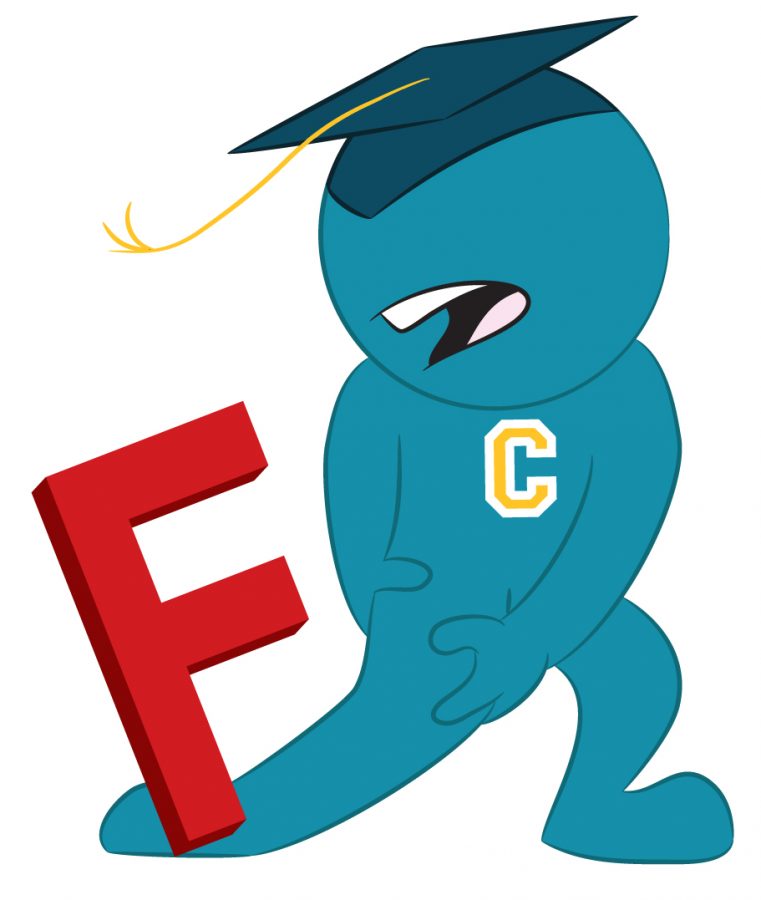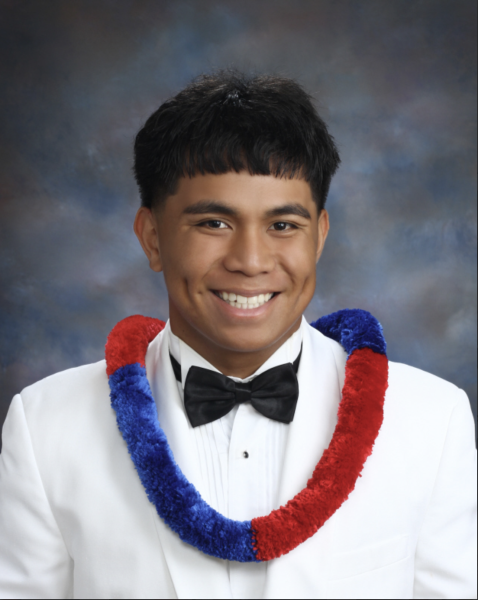The Saint Louis School’s first-year Aviation class got the chance to “test-fly” the flight simulator in a recent visit to the Aviation Museum at Ford Island.
Math instructor, John McIntyre, explained how “humbled, and… honored that the administration approached me with this opportunity to lay a foundation for these young men in aviation, aeronautical engineering, and avionics.”
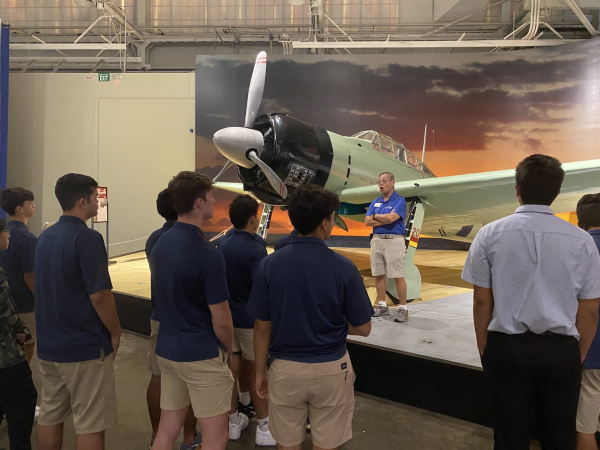 McIntyre, a twenty-five-year aviation veteran in the Coast Guard, served as a helicopter and fixed-wing mechanic. He also “flew as an instructor for crew, for search and rescue, and for the various missions of the United States Coast Guard,” where he learned that he loved teaching, and loved passing on his passion for aviation.
McIntyre, a twenty-five-year aviation veteran in the Coast Guard, served as a helicopter and fixed-wing mechanic. He also “flew as an instructor for crew, for search and rescue, and for the various missions of the United States Coast Guard,” where he learned that he loved teaching, and loved passing on his passion for aviation.
During the class’s recent visit to the museum, McIntyre explained that, “the Aviation Museum would provide these students with an endless number of possibilities.” The museum visit exposed his students to a variety of possibilities in aviation, “not only through lectures on our tours of various aircraft, but also world events, World War II in particular,” as a part of the learning experience. He also believes that the lab science of aerodynamics and aeronautical engineering can help these students to perform tasks on a real aircraft, learn how to conduct pre-flight servicing, and how to obtain their FAA licenses.
McIntyre believes that the purpose of the flight simulator is to “instill an excitement and a love of flying… and… to give them a better sense and a better feeling of what it is actually like to be in flight.” The simulator’s realism gave the students an actual experience of what it would be like to pilot a flight. 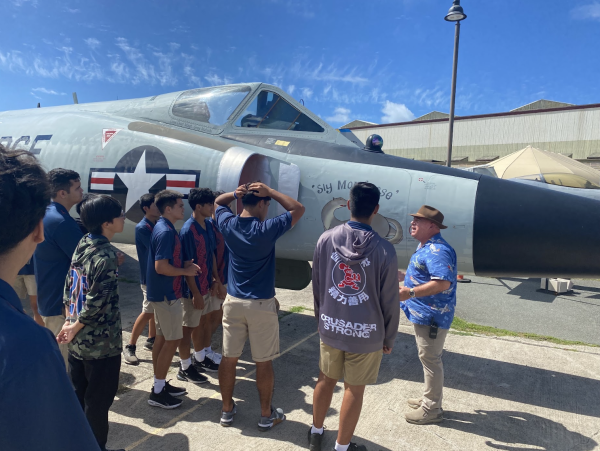
The flight simulators also benefit students who plan to pursue a career in aviation, who want flight experience, as well as current pilots who use this learning environment to work through in-air failures and other scenarios.
“Once you are in control of the aircraft, it’s a wonderful feeling to witness flight on a screen that is, in actuality, a reproduction of actual flight” explains McIntyre. “It benefits the future pilots as they get into more dynamic and complex simulators.”
Alex Park, a senior and student in the Aviation class, had the opportunity to participate in the flight simulation and described it as a “a lab to see different components of what flying is, so how wind resistance affects the angle of attack… what each part of the plane [is] and how to inspect it before flying.”
As Saint Louis School’s first Aviation class takes off, there are high hopes for Crusaders who see a future in the sky.


